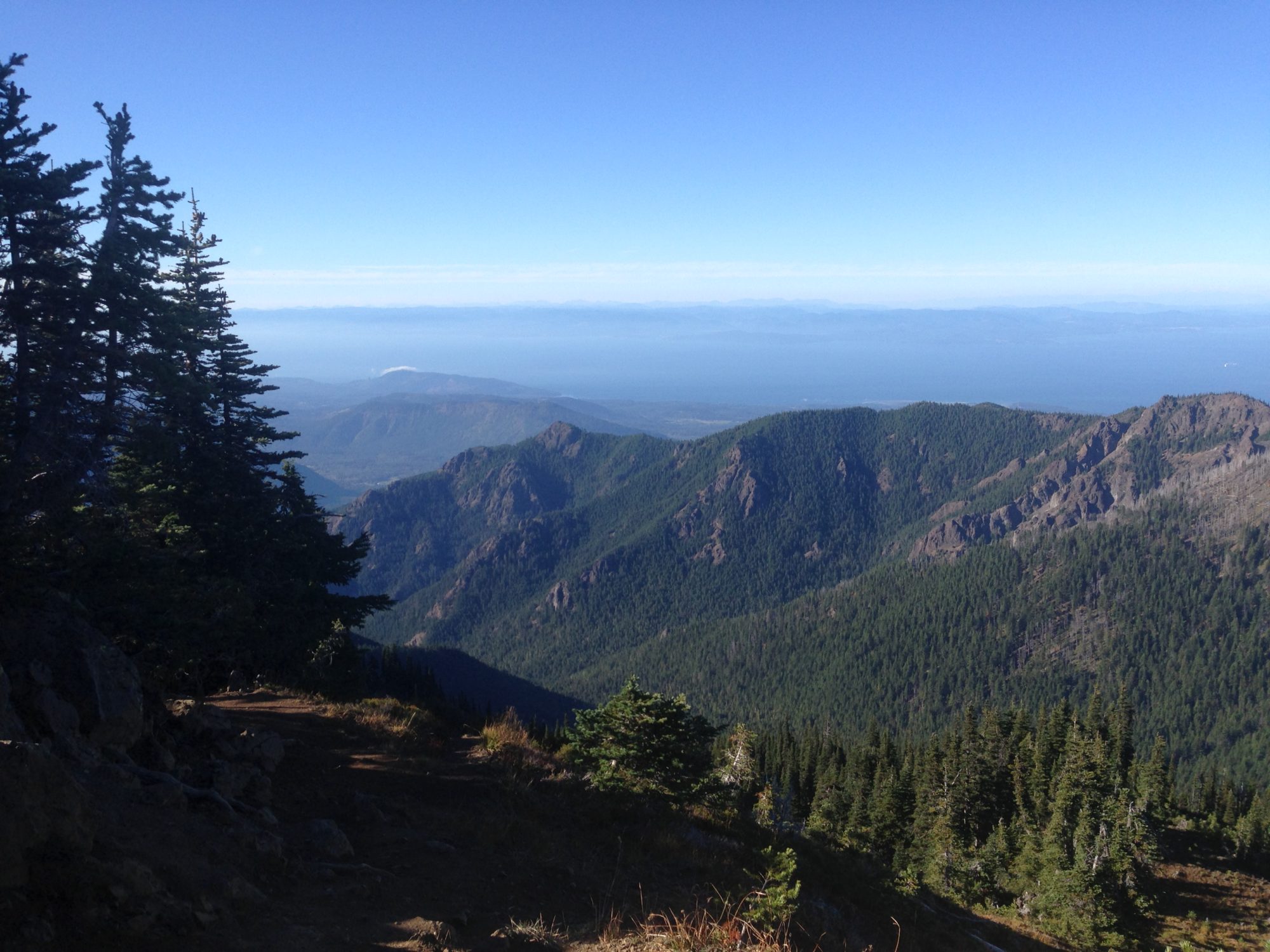a question came up today, on the OSLIST, about the design of open space training programs, and what the leader could do to make them “work.” this was my contribution to that conversation:
thinking back on the trainings i’ve attended, hosted, designed, and led, the single most important criteria is not what we as ‘trainers’ or ‘teachers’ bring. rather, just like in any other open space (cuz what we’re really doing is just opening a space for learning and exploration of open space itself), so just like any other open space, the thing that matters is the complexity, diversity, urgency and passion that comes in with the participants.
to increase or at least encourage these things, i used to ask early and often for them to bring real situations to work on and wrestle with. then during the sessions, it seems important to keep looking for those situations… not only where “ost” might be used in a meeting, but where each participant may have encountered open space somewhere else in their lives. open space is. and we find ourselves casting about in it from time to time.
how have we handled those times? how can we understand and learn from our responses to those moments? when have we been able to do nothing but “be with” one or more others in their work or even suffering? and as we turn these stones over, the thing we do is help folks understand that it’s all part of normal life, rather than something to be fixed, avoided or otherwise controlled. so we don’t so much as teach open space, but suggest that it’s normal, and useful… then it’s easier to deal with some of those complex, diverse, urgent, passionate meeting situations.
for a while i led training programs with others, and soon found myself callling them “practice workshops” and “practice retreats,” inviting as actively as possible participants to step across the line, between observing open space and actually diving in, or noticing that it is indeed everywhere around them. for some years, the way i’ve extended this is to give up the ‘program’ altogether and work one-on-one with people who want to learn the practice. that’s what i ended up doing inside the ‘program’ anyway.
my one requirement in the one-on-one work is that people bring one or more real situations, so that i can point out the many options and they can make real choices between those options. i think they learn the options better when they examine them all in the face of choosing one. so next time, they will again have all the options to consider, and perhaps choose differently because the situation is different. but mostly what this does is maximize the concentration of “reality” and minimize the spectating and ungrounded theorizing that sometimes bubbles up in training conversations.
the most important condition for learning open space would seem to be a willingness to be in it, in work, in life. if students are willing to make that leap: learning happens.

in response, on the OSLIST, Harrison Owen picked up on one of my lines: “ so we don’t so much as teach open space, but suggest that it’s normal, and useful… then it’s easier to deal with some of those complex, diverse, urgent, passionate meeting situations.” …and then added:
It is a common phenomenon that when first experiencing Open Space we tend to be blown away by the elegant simplicity, the ease and intimacy of relationships, the power of the energies released, the productive creation of new and fascinating ideas… And when contrasted with our everyday experience it almost seemed that we had entered a new world. The contrast was painful and almost inevitably yielded the “Monday Morning Syndrome.” After having wandered in something like the Garden of Eden it is very difficult to contemplate a return to the normal drudge of the typical Monday Morning.
I can surely understand the feelings if only because they were my own. However, if 25 years with Open Space have taught be anything, it is that the Monday Morning Syndrome is a matter of choice, and the pain experienced is, to some large extent, a self inflicted wound. There is probably no way to change the frustrations and tribulations of the world we live in – stuff happens. But what can change is the way we perceive all of that and seek to deal with it. If our response to Tribulation X and Frustration Y is to yank the (supposed) levers of control, and then feel guilty or victimized when our best efforts fail – as is almost inevitably the case – the misery we experience is of our own making. And there is another way, a very natural way. Just open space.
Opening space is not a matter of designing a process, even less of doing a process. For the process pre-exists ourselves by millennia, and if anything – the process does us. It is just as natural as breathing. Maybe it is breathing?
Harrison